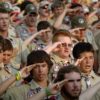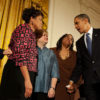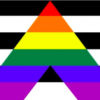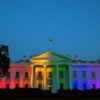A Place in the Middle
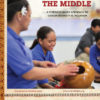
A Place in the Middle is the true story of Ho'onani, a remarkable eleven year old girl who dreams of leading the hula troupe at her inner-city Honolulu school. The only trouble is that the group is just for boys. She's fortunate that her teacher understands first-hand what it's like to be “in the middle” - the Native Hawaiian tradition of embracing both male and female spirit. As student and teacher prepare for a climactic end-of-year performance, together they set out to prove that what matters most is what’s inside a person’s heart and mind.


